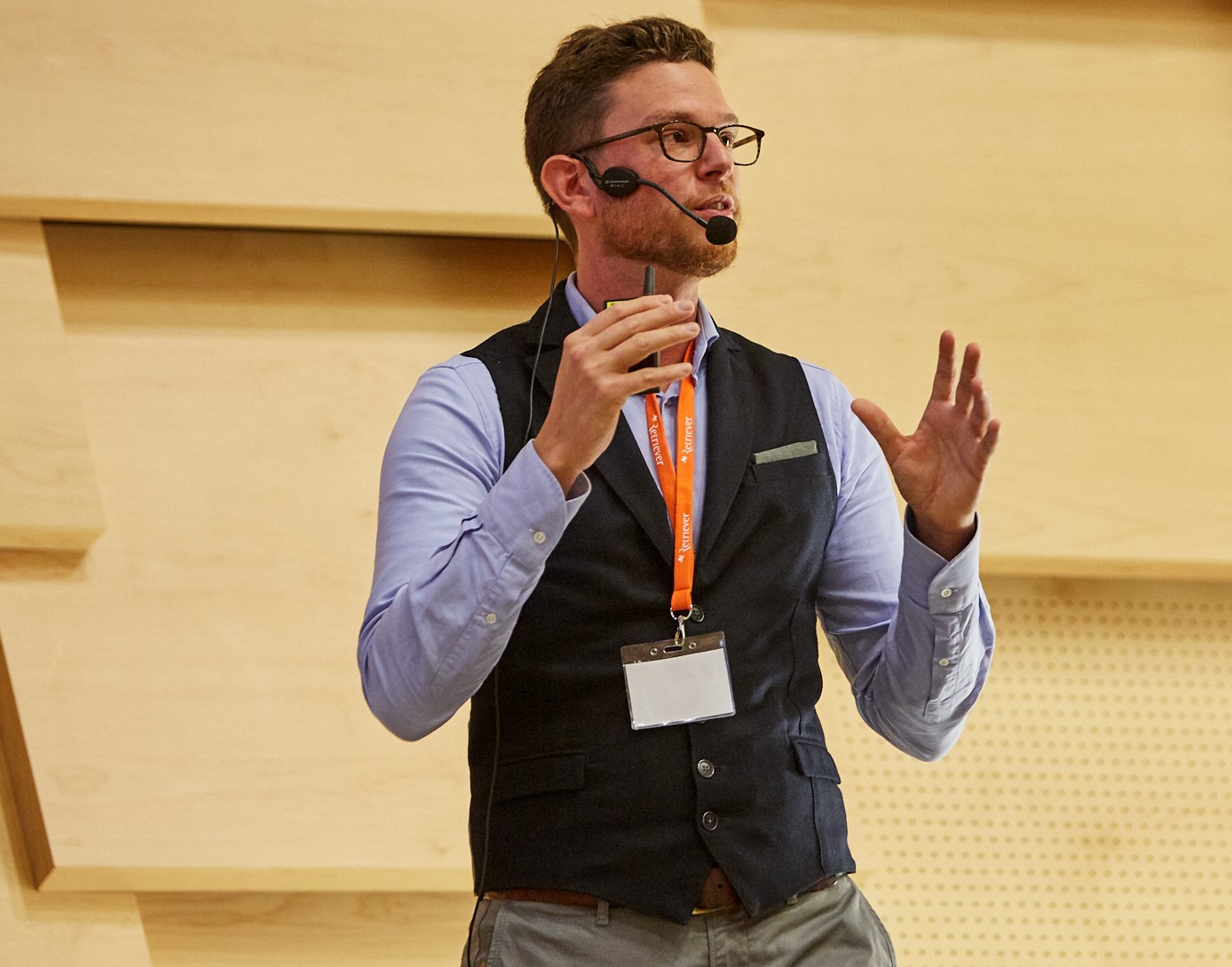
This blog is provided by the IPR Measurement Commission based on the original article in Public Relations Review.
Measurement and evaluation (M&E) have long been said to be the “Holy Grail” in public relations. And the development of professional standards for M&E may be one of the most promising ways to advance public relations practice. Hence, moving away from incommensurable terminology and black box measures towards industry-wide standards in M&E has been the aim of many professionals for many years. Without a doubt, developments in standards have gained some considerable traction—most visible may be in the evolution of the Barcelona Principles, now in their third edition, but also in efforts by the IPR Measurement Commission, and the Social Media Measurement Standards Conclave or the International Task Force on Standardization of Communication Planning/Objective Setting and Evaluation/Measurement Models. These efforts (and others) have tried to navigate a difficult middle way between regional and cultural differences across the globe as well as between academic approaches and results-driven approaches in practice.
Regardless of an apparent push in framework and standards design, the acceptance and application of standards in the practice vary significantly. This raises the question: what makes standards stick? There is, so far, little evidence on the general process of standard-setting and following in M&E. To explore this, we ask: What are the underlying dynamics that lead to the formulation of particular standards? What are the general factors of the (varying) success of measurement and evaluation standards? What brings applications from mere talk to the level of action?
To better understand the process by which M&E standards are developed, we have analyzed the trajectories of four seminal standards attempts: the Barcelona Principles and the AMEC Integrated Evaluation Framework (IEF) as well as the DPRG/ICV Framework used in German-speaking countries and the GCS Framework in the United Kingdom. For each of these, our analysis shows:
1. Central steps undertaken in designing a standard terminology
2. Different strategies in engaging audiences, experts, and adopters
3. How to support and enforce the various standards attempts such as labels, certification, or public knowledge resources
Such research on standardization processes is, of course, not aimed directly at “finding the Grail,” but seeks rather to explicate the central dynamics of the “Grail Quest” itself. It is our hope that this work may add a new dimension to understanding one of the most important practical domains in the field. Further, the approach taken here may inspire related research on other important standards in the field, such as in public relations ethics or corporate reporting, where pathways to standards are still little understood.
Read the full research article here.
![]()
 Alexander Buhmann, Ph.D., is a researcher and educator at the intersection of communication, digital technology, and management. More information and recent publications here.
Alexander Buhmann, Ph.D., is a researcher and educator at the intersection of communication, digital technology, and management. More information and recent publications here.



